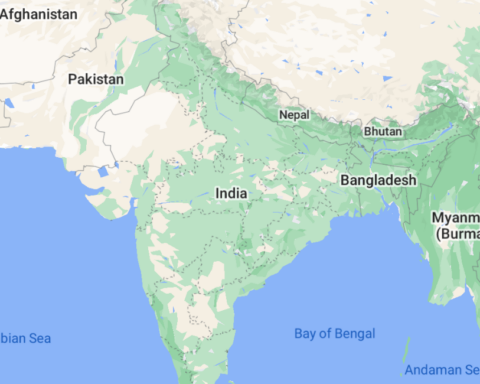Because of worries about national security, the United States has been enforcing tougher regulations on semiconductor technology exports to China. Due to its reliance on foreign chips, this action has endangered China’s technology objectives. China has so expressed its displeasure and rage and accused the US of stifling China’s development through its technological hegemony.
China has made significant investments in the technology industry in an effort to take the lead globally in industries like 5G, artificial intelligence, and semiconductors. Nonetheless, the US government has grown more concerned about China’s development in the technology sector due to the possibility that it could represent a threat to national security. China’s access to certain technologies, such as semiconductors, which are essential components in many products, has been restricted by US policies.
China has responded to these actions by making significant investments in its domestic semiconductor market and looking for other suppliers. China is still largely dependent on imported semiconductors since building a domestic semiconductor industry is a time-consuming and difficult process. Due to this dependence, China is at risk of American sanctions and its technological aspirations are jeopardised.
Wider ramifications for international trade and the geopolitical environment result from the technology-related friction between the US and China. Since they are two of the biggest economies in the world, any disruptions might have a significant impact on the entire economy.
The administration of President Xi Jinping views the chips that are found in everything from fighter jets to home appliances as essential tools in its struggle for wealth and power on a global scale as well as in its strategic rivalry with the United States. A Chinese scientist claimed in February that chips are at the centre of a “technology war.”
Despite having its own chip foundries, China primarily uses them to produce low-end CPUs for cars and appliances. Beginning with then-President Donald Trump, the American government is restricting access to an expanding range of technologies used to produce semiconductors for computer servers, artificial intelligence, and other cutting-edge applications. Access to technologies that could be used to create weapons has been restricted by the Netherlands and Japan.
The US-China trade tensions over technology have been escalating over the past few years, with both countries accusing each other of unfair trade practices and intellectual property theft. The US has been particularly concerned about China’s Made in China 2025 plan, which aims to make China a global leader in high-tech industries.
To achieve this goal, China has been investing heavily in domestic research and development, as well as acquiring technology through various means such as partnerships, investments, and intellectual property theft. This has put US companies and the US government on high alert, as they fear that China’s rise in the technology sector could pose a threat to US national security and economic dominance.
One way the US has responded to this threat is by implementing stricter controls on technology exports to China, particularly in the semiconductor industry. Semiconductors are critical components in many modern devices, from smartphones to military equipment, and the US controls a significant portion of the global semiconductor industry. By limiting China’s access to these technologies, the US hopes to slow down China’s technological advancement and protect its own national security interests.
China, on the other hand, has been seeking alternative suppliers and investing heavily in developing its own domestic semiconductor industry. However, building a competitive semiconductor industry from scratch takes time, expertise, and resources. It is a long-term investment, and China’s technological ambitions could suffer in the short term if it cannot overcome its reliance on imported semiconductors.
The technology tensions between the US and China have wider implications for global trade and the geopolitical landscape. Both countries are major players in the global economy, and any disruptions in their relationship could have far-reaching consequences. The ongoing trade tensions have already resulted in tariffs, retaliatory measures, and a slowdown in global trade. The technology tensions could potentially worsen the situation and lead to further economic and political instability.






